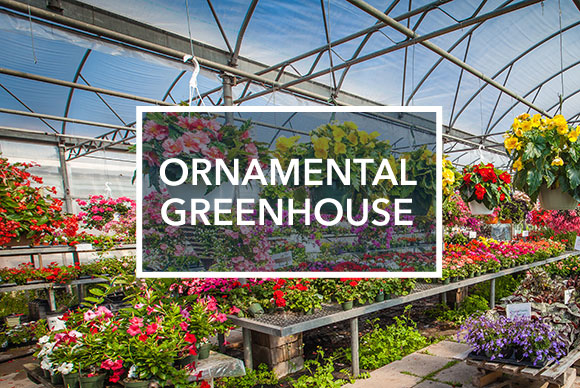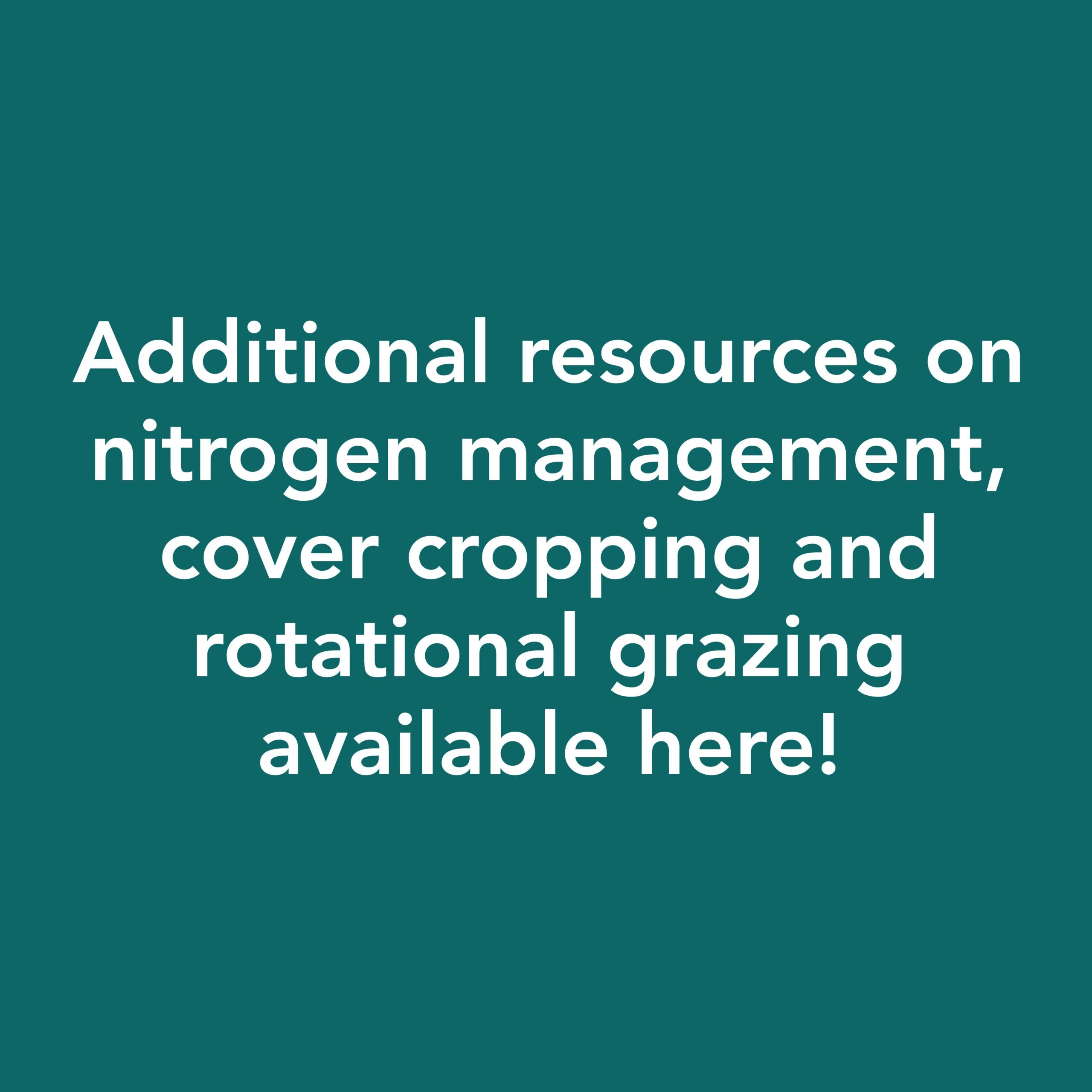PROTECTED VEGETABLES
Greenhouse food production in Canada is a billion-dollar industry that continues to grow over time. With an increasing demand for locally sourced produce, greenhouse-grown vegetables present a unique opportunity to fill the gap year-round. With a 5% national increase in greenhouse fruit and vegetable sales from 2018 to 2019, the momentum of the protected production sector is growing. This increase was also noted in Nova Scotia, marking a 7% increase in sales in 2019.
Many growers across Nova Scotia are employing protective structures to grow vegetables. This ranges from low tunnels to glasshouses to completely indoor grow facilities. While tomatoes, peppers, cucumbers and greens are the most popular crops grown in protected structures, there are a wide variety of vegetables being grown in this system. Growing under cover typically means a lower disease incidence, both on the vegetables and the foliage, due to decreased standing water on the plant tissue. With less biotic stress present in the growing environment, plant quality and quantity can be maximized. Another benefit to growing under cover is the ability to extend your growing season. Even the most basic structures will help increase temperatures of the soil and the space under the structure to give you a more ideal climate for planting ahead of what field-grown producers can do. It also protects against early and late-season frosts. Depending on the structure and the target crop, the growing season can be extended to year-round production. This gives a producer flexibility in terms of what they want to grow and when, as well as the opportunity to make a profit throughout the winter months. Protected production eliminates one of the major question marks when it comes to your growing season and should be considered by anyone looking to explore reliable production in a changing climate.
Important Note
For the most recent and specific product information, always refer to and follow directions on the product label. Labels can be found at Health Canada’s Pesticide Label Search.
Perennia Pest Management Guides are updated regularly, however this information is continuously changing and therefore it can cease to be current and accurate. If any information conflicts with the information on the label, always use the label recommendation.
Please note that we make no warranty or guarantee of any kind, expressed or implied, concerning the use of products listed in these or any publication. The user assumes all risks, whether recommendations are followed or not. Please also note that pesticides registered in the US are not necessarily registered in Canada.







